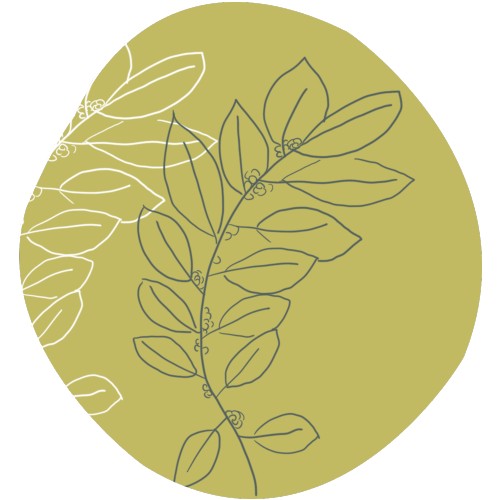Laurel
An infinitely complex essential oil, containing a total of over 200 constituents

An infinitely complex essential oil, containing a total of over 200 constituents
Traditionally used in cooking, this slightly spicy condiment grows in all our gardens. The leafy branches of this shrub, native to Asia, were used to weave crowns for victors in ancient times. Its smooth, black bark hides a pale yellow wood. Its leaves are distilled to produce an essential oil with a fresh, penetrating fragrance.
Internal use:
External use:
External use
Its essential oil is infinitely complex: it contains oxides, monoterpenes, monoterpenols, a few phenols, esters, ethers, sesquiterpenes, and many other trace constituents: more than 200 in all! Its versatility is a reflection of this wide molecular palette.
Internal use
External use
External use
Internal use
All the traditions of the world agree in describing the noble laurel in a coherent way, the following notions being systematically found: clarity, consciousness, knowledge, vigour, indomitability. When cut close to the ground, its roots do not rot.
Its essential oil restores the vital force necessary to pursue an idea... it also and above all allows one to stick to it without weakening. It is the essential oil of creators, artists and all those who depend on intuition and inspiration. It strengthens the self-confidence and courage necessary to accomplish any innovative project.
The information provided in this Guide to Essential Oils is for information purposes only: it is a synthesis of the properties described in recognised aromatherapy books and/or in accordance with ancestral and popular traditions. The properties presented are extracted from the works cited in the bibliography below. This is in no way a medical information or a list of indications.